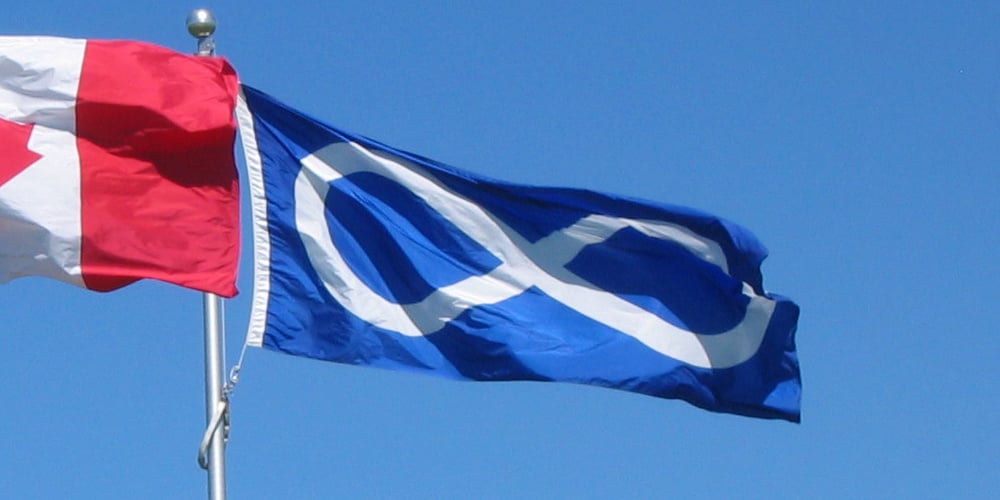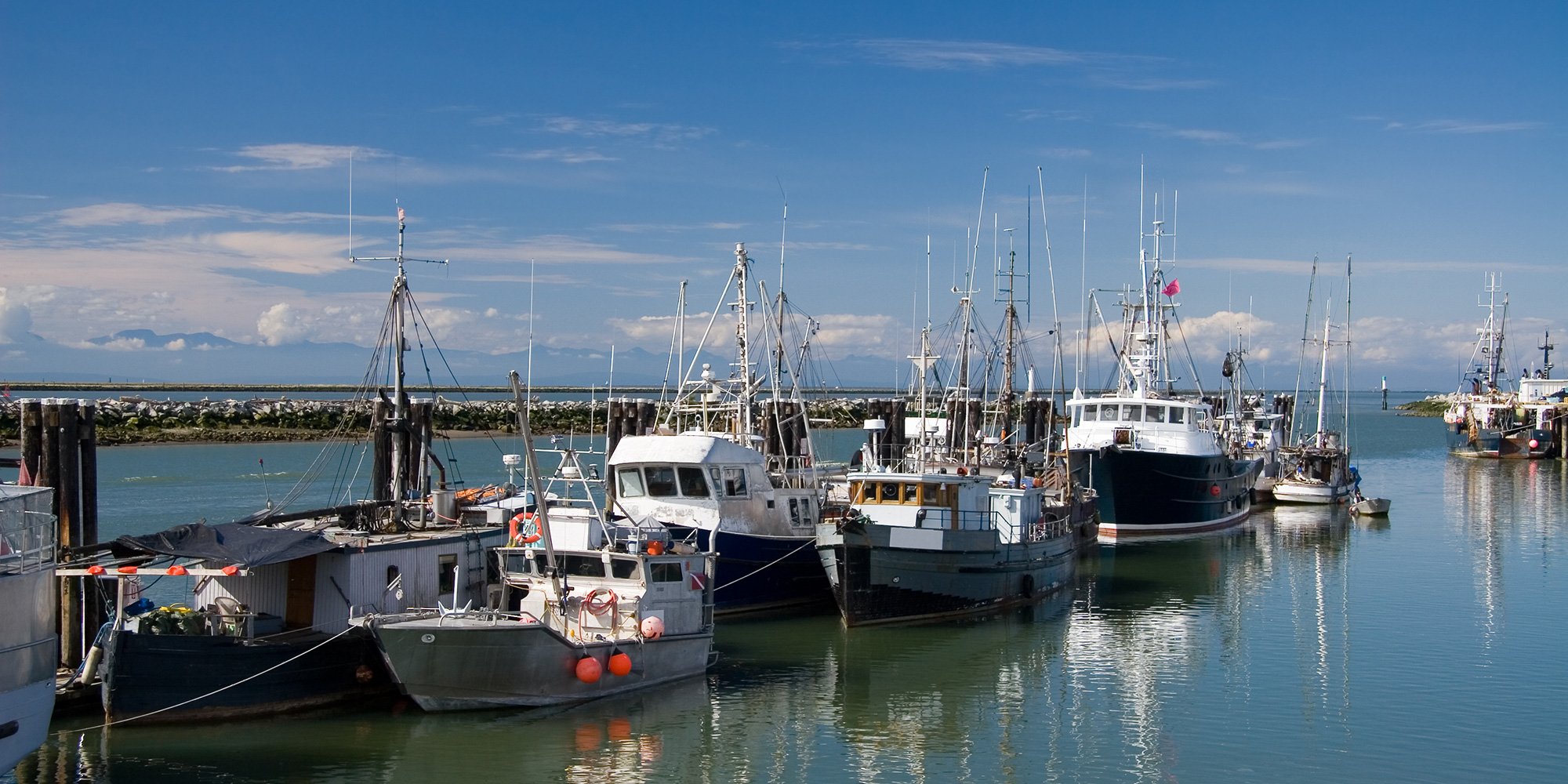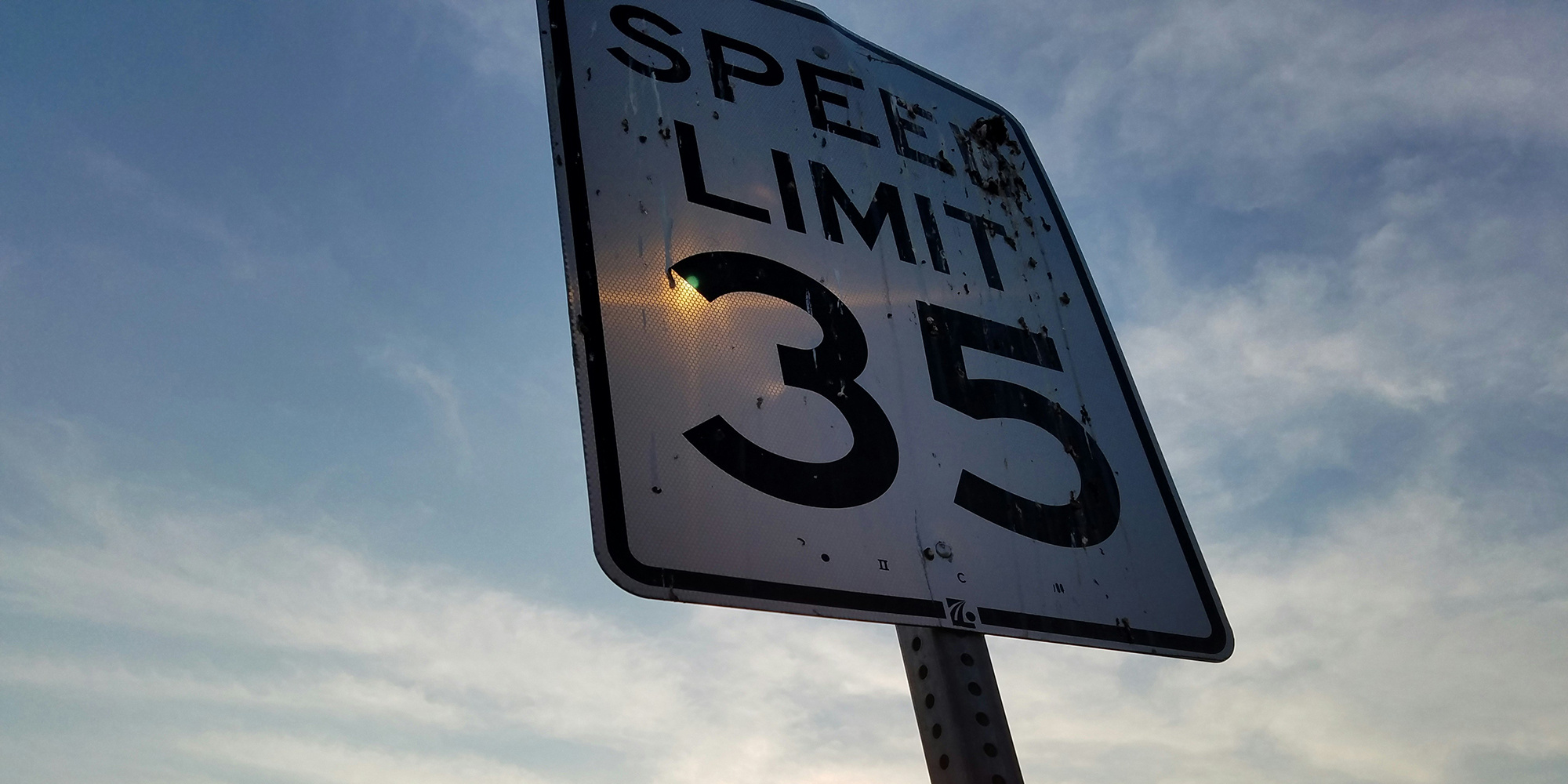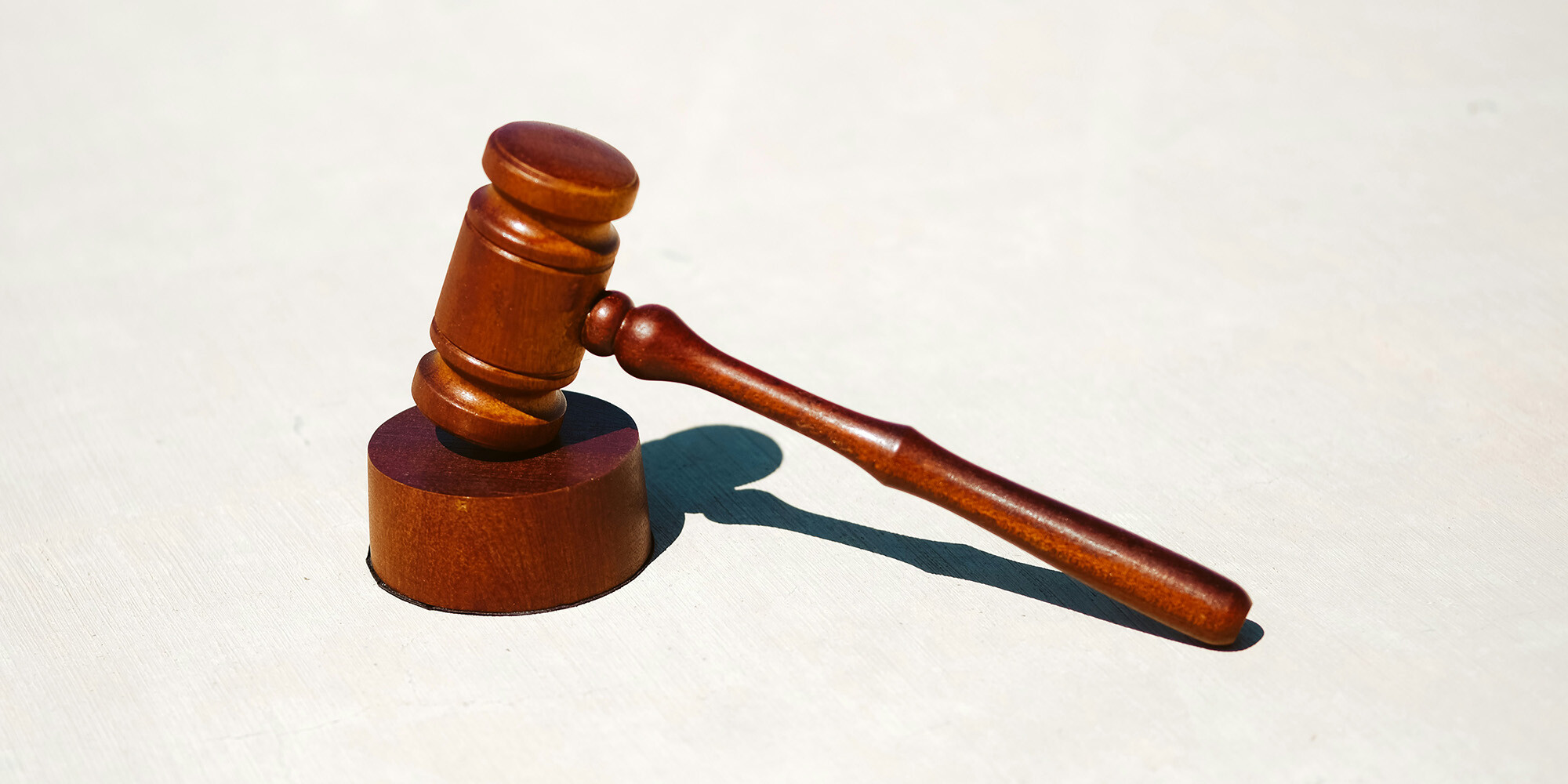The Sparrow Case Affirms Constitutionally Protected Aboriginal Rights
The 1990 Supreme Court Decision in R. v. Sparrow was the first Supreme Court of Canada decision which applied s. 35 of the Constitution Act, 1982...

Harry Daniels will share with Louis Riel the honor of having introduced the rights of the Métis people in the Constitution of Canada: Riel in s. 31 of the Manitoba Act, 1870, and Harry in S. 35 of the Constitution Act of 1982. [1]
The late Harry Daniels was a “force majeure”. Born on Sept. 16, 1940, in Regina Beach, Saskatchewan, Daniels worked tirelessly on behalf of Métis and non-status Indians at the local, national and international levels for over 40 years. He was also an author, an instructor at the University of Saskatchewan, a staunch practitioner of the Michif language, an actor and, according to family and friends, a man who embraced every opportunity to express his Métis heritage via jigging.
After taking a course in Native Law at the University of Saskatchewan in the late 1960s, Daniels’ interest in Indigenous politics was born. He held leadership roles in the Saskatchewan Métis Society, the Métis Association of Alberta, and the Native Council of Canada (NCC), which later became the Congress of Aboriginal Peoples. The NCC was the first organization to represent Métis and non-status Indians. As President of the NCC Harry Daniels attended the Constitutional talks leading up to the Constitution Act, 1982.
The NCC was given two seats at the talks, but Daniels gave up one to representatives of Indian women, who had been refused a seat at the talks.
At the Constitutional talks in Ottawa in the late 1970′s, the Native Council of Canada had two seats. The Indian women formally requested a seat at the table. When the federal government refused the women’s group, Harry gave up one of the seats of the Native Council of Canada to the Indian women, giving the women’s group a voice at the table. As a national Aboriginal leader, Harry gave his support to the Indian women in their struggle for inclusion in the Indian Act, for he felt if they had no rights, then there would be no rights for anyone. [2]
During the talks, Harry Daniels was steadfast in his determination to have Metis recognized in the Constitution.
At one meeting, the Federal Minister of Justice Jean Chretien (who became Prime Minister over a decade later) asked Daniels if he would travel to Britain to back patriation. Daniels told him that if the Métis were specifically included in the Constitution he would do so. When Chretien refused this proposition, Daniels reacted angrily with a clenched fist and said: “Then I mobilize my people, that’s the only thing we’ll accept.” After disappearing for a while, Chretien returned and said that he had spoken to Prime Minister Trudeau and that all of Daniels’ points would be agreed to. [3]
Ultimately he was successful in achieving his goal and Métis were enshrined in the Constitution. Section 35 of the Constitution Act, 1982:
35(1) The existing aboriginal and treaty rights of the aboriginal people in Canada are hereby recognized and affirmed.
(2) In this Act, “Aboriginal Peoples of Canada “includes the Indian, Inuit, and Métis Peoples of Canada.
(3) For greater certainty, in subsection (1), “treaty rights” includes rights that now exist by way of land claims agreements or may be so acquired.
(4) Notwithstanding any other provision of this act, the aboriginal and treaty rights referred to in subsection (1) are guaranteed equally to male and female persons. [4]
While this was a momentous achievement it did not provide a constitutional definition pertaining to Métis or non-status Indians - they were still in jurisdictional limbo - they were not under the jurisdiction of the federal or provincial governments.
Daniels' next target was to have Métis and non-status Indians recognized as Indians within the meaning of Canada’s original Constitution of 1867 and in 1999 he launched Daniels v. Canada (Indian Affairs and Northern Development).
Seventeen years later, on April 14, 2016, and twelve years after Harry Daniels passed away, the Supreme Court of Canada ruled unanimously that the approximate 600,000 Métis and non-status Indians are in fact “Indians” under the Constitution.
[1] Memoriam written by Paul Chartrand, law professor at the University of Saskatchewan
[2] Harry Daniels biography, Métis Nation
[3] Harry Daniels, Metis Crusader
[4] Constitution Act, 1982, being Schedule B to the Canada Act 1982 (U.K.), 1982, c. 11.
Featured photo: Indigenous Corporate Training Inc.

The 1990 Supreme Court Decision in R. v. Sparrow was the first Supreme Court of Canada decision which applied s. 35 of the Constitution Act, 1982...

In 1982, the Government of Canada patriated the Canadian Constitution, and in so doing, formally entrenched Aboriginal and treaty rights in the...

There are a lot of questions and some confusion out there about the April 14, 2016, Supreme Court of Canada ruling on Daniels v. Canada (Indian...